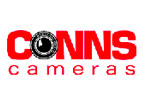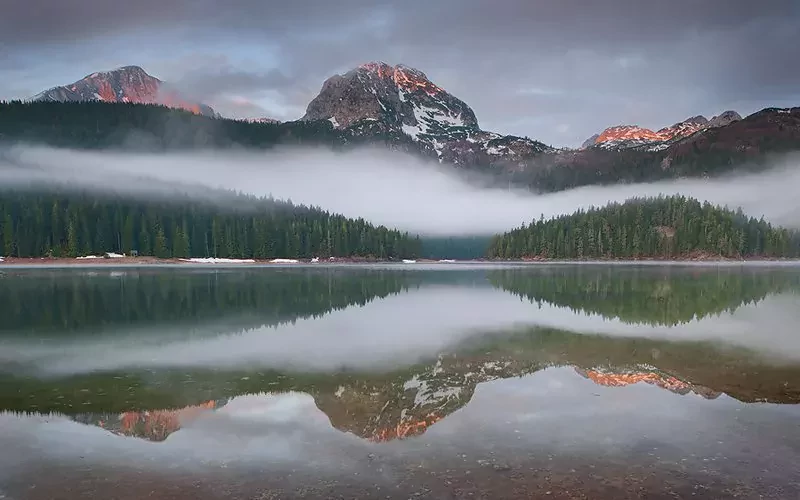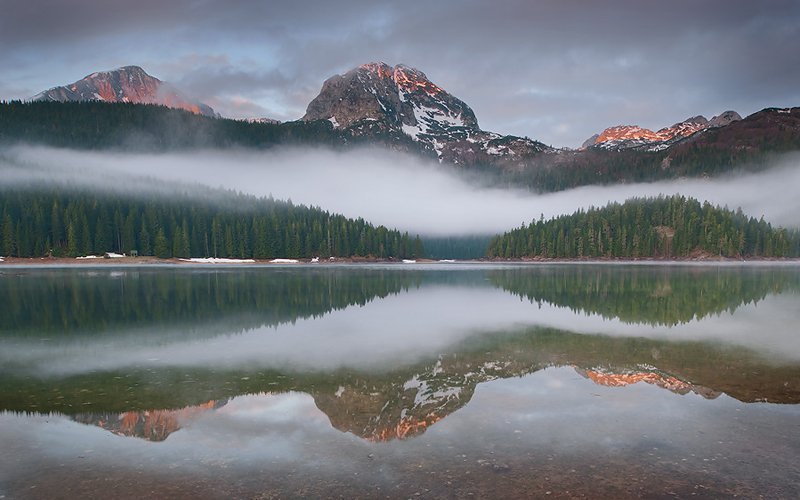How to Be a Photographer – Landscape Tutorial – Graduated Filters Part 3, The Gear!
A big part of learning how to be a photographer for most people is getting the right gear. I think there is often an over emphasis on gear for photographers nevertheless a guideline can often be helpful. Before I get into the techie discussion you can read our previous posts on graduated neutral density filters here and here.
Black Lake Montenegro – 2 stop Hard Grad
Firstly, I’ll deal with the brands then I’m going to take a look at what strength filters are of most use. There are four brands I have encountered of graduated neutral density filters. Singh Ray, Lee, Hitech and Cokin. At the moment I use a combination of Singh Ray and Lee. Both give excellent results but alas they are the most expensive on the market. The key factor with buying more expensive filters is the quality of the glass and how likely the filter is to respond to light in a neutral way. Is the filter going to render the colour naturally or will it leave a fake unpleasant cast? In my experience Lee and Singh Ray are the most likely to render colour naturally. Hightec are also very good and are approximately half the price of the other two. I find they stop working after 4 stops which would be rarely needed. Cokin are the most affordable on the market but Ive found them to often add a strange unpleasant colour cast to the image.
So what brand to buy? Singh are only available from the US but will do a great job if you can get them. If you have the spare cash I would suggest buying Lee. They really are great filters. You can buy them form Conns cameras in Dublin. If budget is more of an issue or you just don’t feel you will use them enough to get your moneys worth Hitech are a great alternative. I’m sorry to say it but I would see Cokin as a last resort. Conns also stock a full range of Hitech filters.
So what strength filters to buy? The grads come in different strengths to allow you to deal with different exposure ranges between sky and foreground. The most useful single filter for me would be a 2 stop or .6 hard. This will be used in 60% of situations. If you can stretch to buying another filter I would advise a 3 stop or .9 soft. If you have both filters you can use them individually or combine them. You will be covered in 95% of situations.
Hope you found this article useful…Peter









